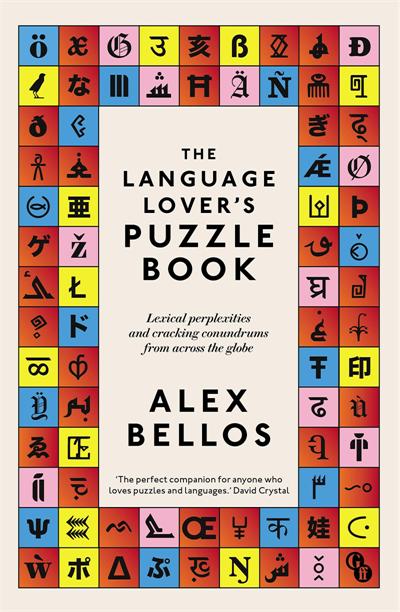 This puzzle from Alex Bellos follows the themes in his new book, The Language Lover’s Puzzle Book, which, among other things, looks at number systems in different languages. (See also his Numberphile video.)
This puzzle from Alex Bellos follows the themes in his new book, The Language Lover’s Puzzle Book, which, among other things, looks at number systems in different languages. (See also his Numberphile video.)
“Today is the International Day of the World’s Indigenous People, which aims to raise awareness of issues concerning indigenous communities. Such as, for example, the survival of their languages. According to the Endangered Languages Project, more than 40 per cent of the world’s 7,000 languages are at risk of extinction.
Among the fantastic diversity of the world’s languages is a diversity in counting systems. The following puzzle concerns the number words of Ngkolmpu, a language spoken by about 100 people in New Guinea. (They live in the border area between the Indonesian province of Papua and the country of Papua New Guinea.)
Ngkolmpu-zzle
Here is a list of the first ten cube numbers (i.e. 13, 23, 33, …, 103):
1, 8, 27, 64, 125, 216, 343, 512, 729, 1000.
Below are the same ten numbers when expressed in Ngkolmpu, but listed in random order. Can you match the correct number to the correct expressions?
eser tarumpao yuow ptae eser traowo eser
eser traowo yuow
naempr
naempr ptae eser traowo eser
naempr tarumpao yuow ptae yuow traowo naempr
naempr traowo yempoka
tarumpao
yempoka tarumpao yempoka ptae naempr traowo yempoka
yuow ptae yempoka traowo tampui
yuow tarumpao yempoka ptae naempr traowo yuow
Here’s a hint: this is an arithmetical puzzle as well as a linguistic one. Ngkolmpu does not have a base ten system like English does. In other words, it doesn’t count in tens, hundreds and thousands. Beyond its different base, however, it behaves very regularly.
This puzzle originally appeared in the 2021 UK Linguistics Olympiad, a national competition for schoolchildren that aims to encourage an interest in languages. It was written by Simi Hellsten, a two-time gold medallist at the International Olympiad of Linguistics, who is currently reading maths at Oxford University.”
See Numbers in New Guinea
 I found these mazes on Twitter and thought they might make a relaxing puzzle interlude. They come from photographs of the street in front of the Museum of Mathematics (MoMath) in New York. The idea is to traverse the mazes from the Start to the Goal making only right turns. It was difficult working out the pattern of the green maze, especially the upper right corner.
I found these mazes on Twitter and thought they might make a relaxing puzzle interlude. They come from photographs of the street in front of the Museum of Mathematics (MoMath) in New York. The idea is to traverse the mazes from the Start to the Goal making only right turns. It was difficult working out the pattern of the green maze, especially the upper right corner.
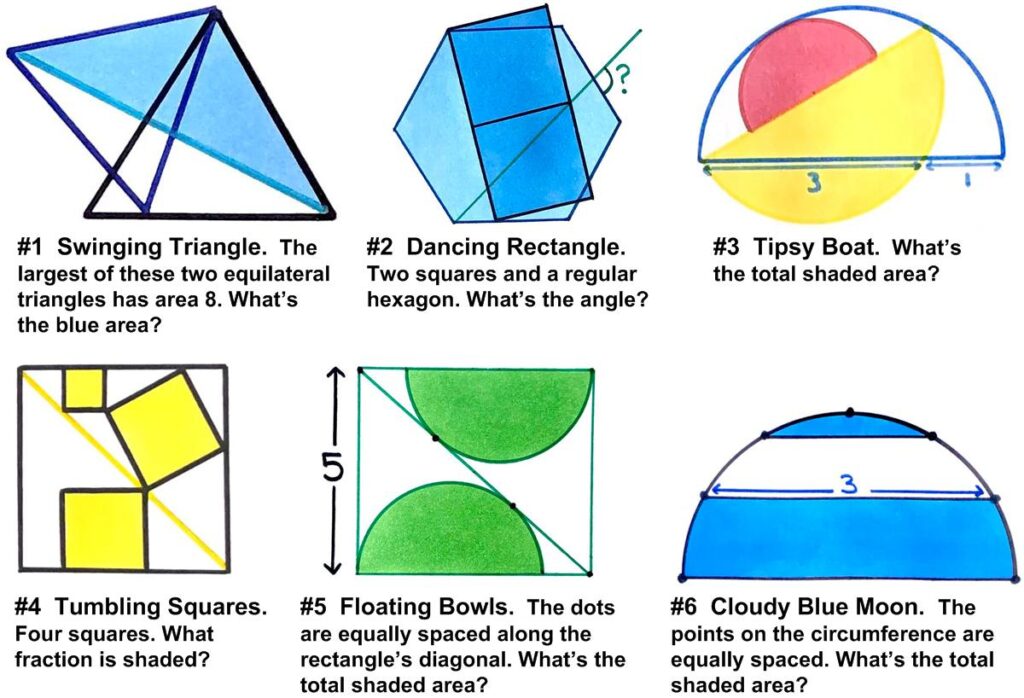 Here is yet another collection of beautiful, stimulating geometric problems from Catriona Agg (née Shearer).
Here is yet another collection of beautiful, stimulating geometric problems from Catriona Agg (née Shearer).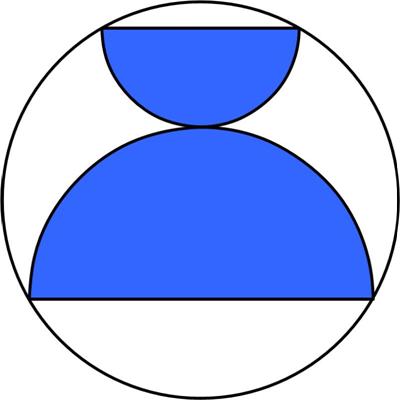 This is a nice brain tickling problem from
This is a nice brain tickling problem from 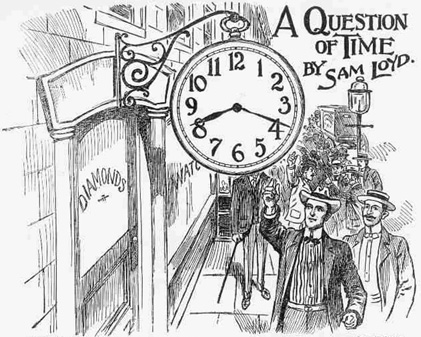 This turns out to be an unambiguous, doable problem from the 19th century puzzle master Sam Loyd. It is based on an observation about jewelers’ signs of the times. I thought I would include Loyd’s narrative in its entirety.
This turns out to be an unambiguous, doable problem from the 19th century puzzle master Sam Loyd. It is based on an observation about jewelers’ signs of the times. I thought I would include Loyd’s narrative in its entirety.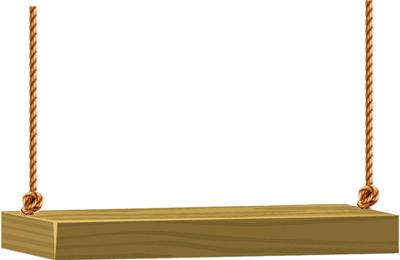 Here is a slightly different kind of problem from the Polish Mathematical Olympiads.
Here is a slightly different kind of problem from the Polish Mathematical Olympiads.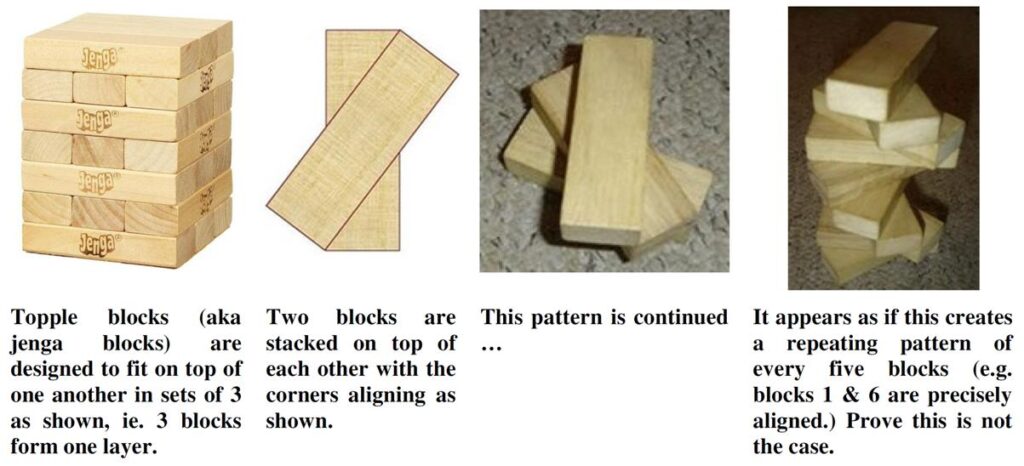
 This
This 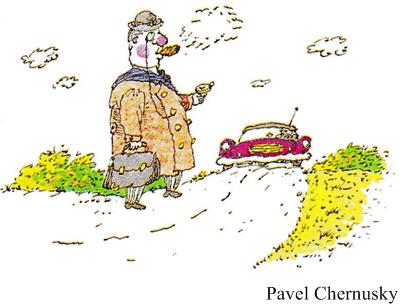 Here is another Brainteaser from the Quantum magazine.
Here is another Brainteaser from the Quantum magazine.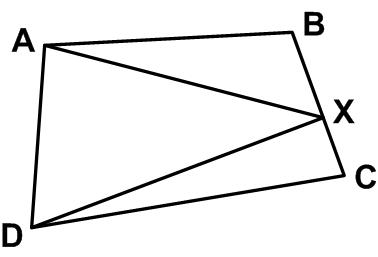 This is another simple problem from Five Hundred Mathematical Challenges:
This is another simple problem from Five Hundred Mathematical Challenges: This problem comes from the Scottish Mathematical Council (SMC) Senior Mathematical Challenge of 2008:
This problem comes from the Scottish Mathematical Council (SMC) Senior Mathematical Challenge of 2008: